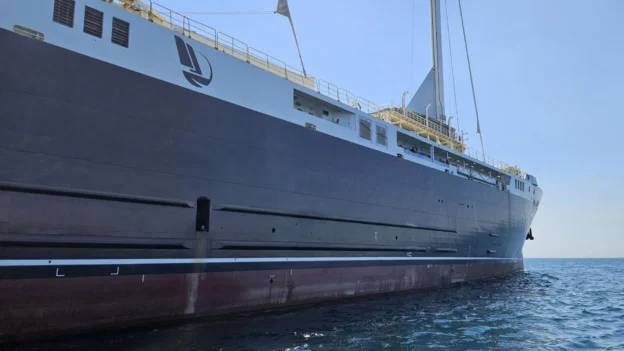The Neoliner Origin, the wind-powered Ro-Ro vessel developed by Neoline developed by Neoline, has successfully completed its second phase of sea trials. These maneuvers, carried out off the coast of Turkey, made it possible to validate various operating systems, make technical adjustments and test the sailing efficiency under real conditions.
During this stage, the vessel demonstrated remarkable behavior under sail, confirming both its maneuverability and the flexibility expected by its designers. The crew deployed in Turkey celebrated the results, aware that these advances bring the final delivery of the world’s first commercial Ro-Ro sailing vessel ever closer.
A project led by merchant seafarers
Neoline was founded by a group of French Merchant Navy officers, with the vision of significantly reducing the CO₂ emissions from shipping.. Convinced that wind is a viable, safe and efficient source of propulsion, they opted for a hybrid ship model that combines the load-carrying capacity of a Ro-Ro with technology for sailing technology.
This approach allows for substantial energy savings, placing the Neoliner Origin as a benchmark in environmental efficiency within the shipping industry. The vessel is being built by the RMK Marine shipyard in Turkey, where multiple test phases have been carried out to ensure its performance.
Last steps of the RoRo vessel before crossing the Atlantic Ocean
Despite the success achieved, technical work and final adjustments remain to be made prior to the official delivery of the vessel. These works seek to fine-tune each component and ensure compliance with the standards required by Neoline in terms of safety, operational performance and sustainability.
Once this phase is completed, the Neoliner Origin will start its first transatlantic crossing, marking a milestone in freight transport thanks to the predominant use of wind as a propulsion source. This initiative represents a decisive step towards a more environmentally friendly and economically viable logistics model for long-distance ocean routes.
Source and photo: Neoline

